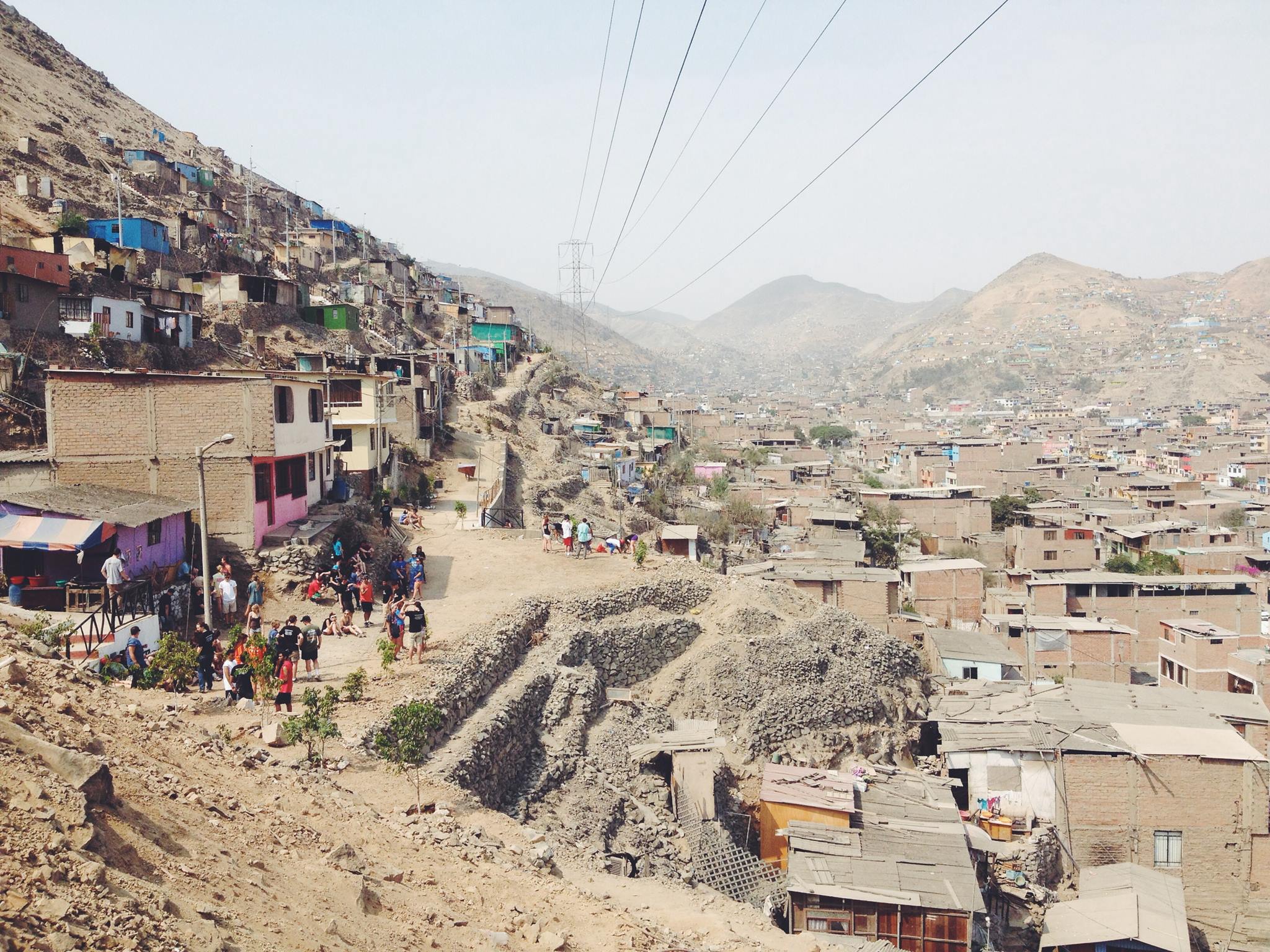Una Estudiante de Medicina: Shadowing in Perú

By: Megan Murphy
As I took my first steps out of the scorching Peruvian sun through the open doorway of the hospital, the privileged American in me subconsciously expected a cool blanket of air from the air conditioner, spotlessly clean floors and secluded waiting rooms.
Instead, I was greeted by heat that was, if possible, even more suffocating than that outside. Instead, I found myself having to watch my step as I navigated around droplets of blood that hospital staff was simply too busy to clean up. Instead, I discovered that I had walked straight into “la sala de emergencia,” and found my way blocked by a gentleman covered in blood whose fruit cart was destroyed by a wayward mototaxi. These first impressions did not inspire the most confidence as I was assigned to my shadowing position for the day, and the exam rooms held even more surprises.
Instead, I discovered that I had walked straight into “la sala de emergencia,” and found my way blocked by a gentleman covered in blood whose fruit cart was destroyed by a wayward mototaxi.
In Peru’s public regional hospitals, resources are scarce. There is no abundance of paper for exam room tables, nor are there entire floors of the hospital devoted to specific departments. Instead, there are “consultorios,” small rooms for each department where the doctors allow patients to come to them, instead of the other way around. There is a continuous stream of patients filing after each other into the room, taking seats on tables covered by a neatly folded blanket.
Almost all appointments I attended were routine “controles” in the gynecology or pediatric consultorios, the equivalent of check-ups in the United States. Unless a patient had contracted Dengue, tuberculosis or yellow fever, odds are they stayed at home and avoided the crowded hospital. The controles were emphasized over and over in my practice and lessons with medical faculty– the Peruvian healthcare system is much more centered on prevention than its American counterpart. The most frequently asked question in pediatric controles was whether the child’s astounding number of required vaccines were up to date. In gynecology, it was whether the patient had been getting their Pap smears. With cervical cancer killing more Peruvians than any other form of cancer, these screenings were one of the most common medical procedures I observed while shadowing. There are entire clinics, such as CerviCusco, founded by an American doctor from Georgia Regents University, that are dedicated solely to reducing the cervical cancer mortality rate.
 Unless a patient had contracted Dengue, tuberculosis or yellow fever, odds are they stayed at home and avoided the crowded hospital.
Unless a patient had contracted Dengue, tuberculosis or yellow fever, odds are they stayed at home and avoided the crowded hospital.
After living in Peru for a month, I understood that Peru’s public prevention healthcare makes up the vast majority of the entire healthcare system. The government has apparently realized that spending money on vaccines for children is much more effective than having to treat a form of drug-resistant tuberculosis later on. Unfortunately, an alarming number of Peruvians still live in areas with severely limited access to healthcare. The doctor running CerviCusco told us the story of a woman from deep in the Andes who came to his clinic with a precancerous lesion. The doctors made the spur-of-the-moment decision to perform emergency surgery that night, assuming she would likely never return.
Peru is not America — The two country’s ways of doing things are oceans apart. But that does not mean Peru’s public healthcare system is malformed or inefficient, as many Americans would assume from a country less developed than their own. It is designed with Peru’s resources and problems in mind, and it is miles better than no healthcare at all.
